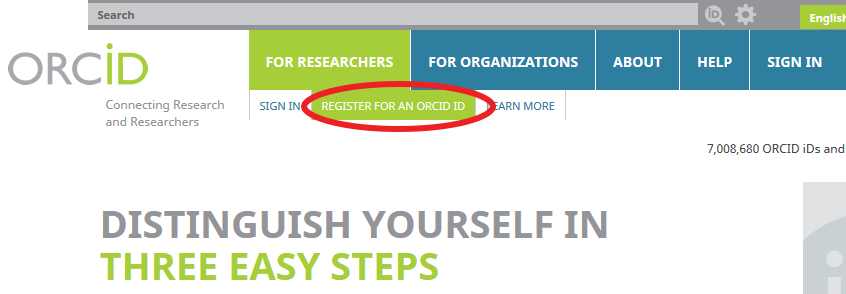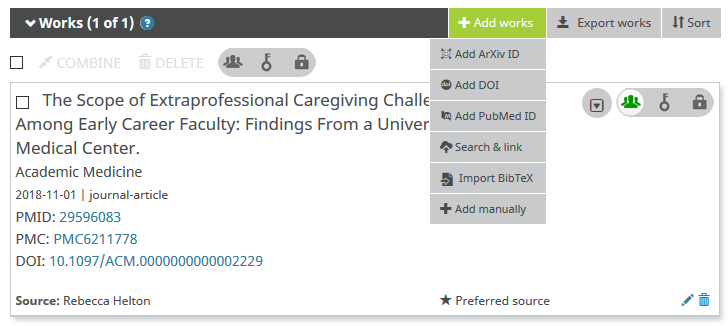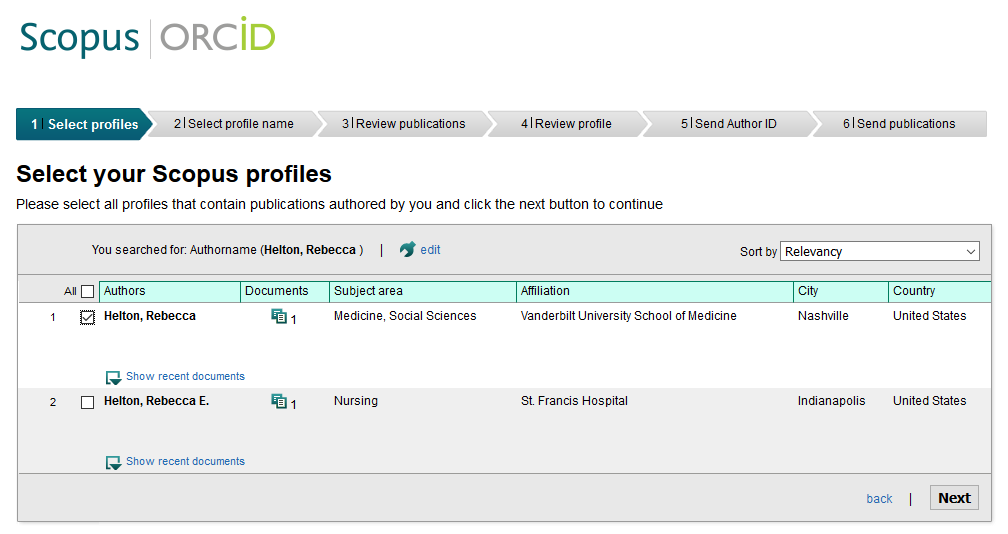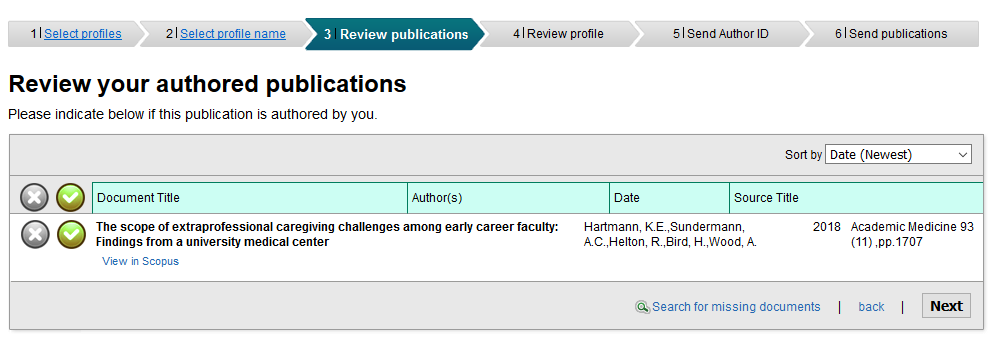Water Your ORCID
Beginning October 1, 2019, all trainees on T and similar grants (T32, T15, TL1, R25, etc.) and K12/KL2 scholars must have an ORCID ID linked to their eRA Commons profile to be appointed to their training grant. The requirement extended to all K and F awardees on January 25, 2020.
Yes, this is yet another place to put your vita and set of login credentials to maintain. However, it’s fairly painless, with methods to auto-import publications and grants, and a way to enter a PMID/ArXiv ID/DOI or grant number if the imports don’t catch all of them. Once you’ve connected your profile to the various databases such as Scopus and European PubMed Central, they will automatically update with your new papers, providing you included your ORCID ID when you submitted the paper.
Did I mention it’s going to be required to get training grant money from NIH?
Another excellent reason to set up an ORCID ID, especially for all the Smiths and Joneses out there, is that it vastly improves the discoverability of your work. Searching PubMed by ORCID ID rather than a common name will return only the papers by that person.
Set Up Your Account
Visit ORCID and choose “Register for an ORCID ID.”

Fill out your employment, education, honors, membership, and service. If desired, you can choose to only show some of your entries to the public.
Add Funding
Next, add the grants, contracts, and awards you’ve received. These can be from any federal agency or foundations. The UberWizard application will try to match you to grants in its database.


You will receive a list of all the grants the application could find that match your name. (If you’re a John Smith…I’m sorry, man. You may be better served by entering your grants one by one.) Check the box by your grants, then review and submit.
If Uber Wizard doesn’t pick up all your grants, or if you just prefer to put them in yourself, hover over “Add Funding” and then click “Add Manually.”

Add Publications
You can choose to add publications a number of different ways.

The easiest is to search and link. Clicking this option gives you a list of databases that house bibliographies. The most useful for investigators in the US are likely to be Crossref, Scopus, and Europe PubMed Central. Once you choose a database, you’ll be asked to authorize it to see your ORCID information.
Each database works a little differently. Here’s an example in Scopus. It will first show you a list of authors with your name. Click your profile, then click Next.

You’ll see a list of publications Scopus associates with your profile. Click the check or x buttons to include or exclude specific publications.

It will then ask you to put in your institutional email address so Scopus can link your profile with your ORCID. Linking the two allows Scopus to import your papers’ citations to your ORCID.
If the databases don’t pick up all your papers, you can add them manually by typing a PMID, ArXiv ID, or DOI, or by typing the entire citation manually.
Sync Your ORCID ID with Your eRA Commons Profile
Once you’ve set up your ORCID, NIH requires you to link it to your eRA Commons profile. Do this by logging into Commons and then selecting the “Personal Profile” tab. You will see a link on the sidebar to create or connect your ORCID ID.

That’s it! Go forth and apply for training and career development awards, secure in the knowledge that they will not get kicked back by NIH for failing to include an ORCID ID.






0 Comments